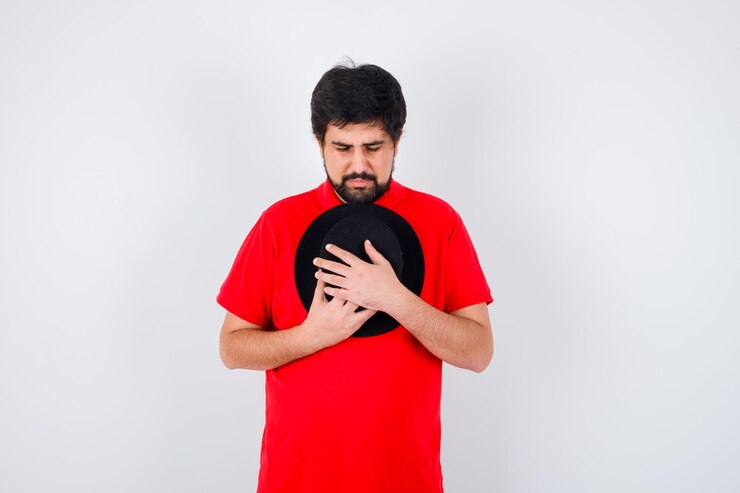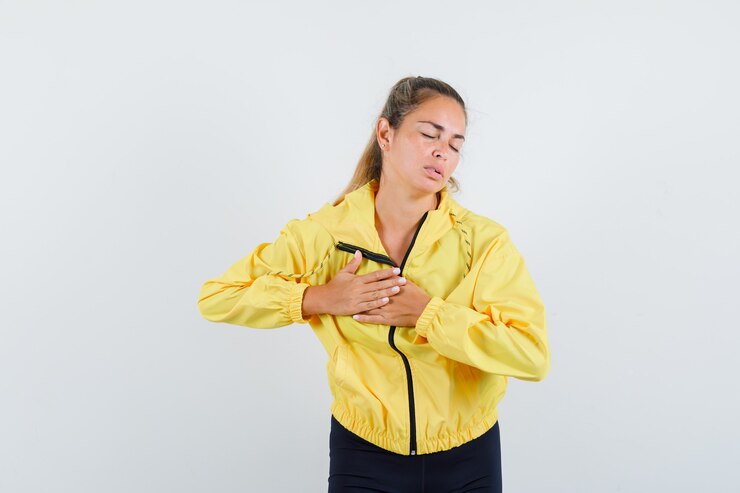
Tachycardia, a condition characterized by a rapid heart rate, can be alarming and uncomfortable. It can result from various factors, including stress, anxiety, dehydration, and underlying medical conditions. This article provides an in-depth look at immediate strategies to stop tachycardia, offering practical tips and techniques to help manage and prevent episodes.
Understanding Tachycardia
What is Tachycardia?
Tachycardia refers to a heart rate that exceeds the normal resting rate, typically defined as a heart rate over 100 beats per minute (bpm) in adults. It can be classified into different types, including sinus tachycardia, supraventricular tachycardia (SVT), and ventricular tachycardia.
types of Tachycardia
- Sinus Tachycardia: This is the most common type and is often a normal response to factors like exercise, fever, or anxiety.
- Supraventricular Tachycardia (SVT): This type originates above the ventricles and includes conditions like atrial fibrillation and atrial flutter.
- Ventricular Tachycardia: This is a more serious condition originating in the ventricles and can lead to life-threatening complications.
Symptoms of Tachycardia
Recognizing the symptoms of tachycardia is crucial for timely intervention. Common symptoms include:
- Rapid heartbeat
- Palpitations
- Dizziness or lightheadedness
- Shortness of breath
- Chest pain or discomfort
- Fatigue
Immediate Techniques to Stop Tachycardia
Vagal Maneuvers
Vagal maneuvers are simple techniques that stimulate the vagus nerve, which can help slow down the heart rate.
Valsalva Maneuver
- Take a Deep Breath: Inhale deeply and hold your breath.
- Bear Down: Exert pressure as if you are having a bowel movement.
- Hold: Maintain this pressure for about 15 seconds.
- Release: Exhale slowly and resume normal breathing.
Carotid Sinus Massage
- Lie Down: Find a comfortable position, preferably lying down.
- Locate the Carotid Artery: Feel for the carotid artery on one side of your neck.
- Apply Gentle Pressure: Gently massage the artery for about 5-10 seconds.
Cold Water Immersion
Cold water immersion can activate the diving reflex, which slows down the heart rate.
Face Immersion
- Fill a Basin: Fill a basin with cold water or use a cold pack.
- Immerse Your Face: Submerge your face in the cold water for 10-20 seconds.
- Repeat if Necessary: You may repeat this process a few times until you notice a reduction in heart rate.
Breathing Exercises
Controlled breathing can help calm the nervous system and reduce heart rate.
Deep Breathing
- Find a Quiet Place: Sit or lie down in a comfortable position.
- Inhale Slowly: Take a deep breath through your nose for a count of four.
- Hold Your Breath: Hold the breath for a count of seven.
- Exhale Slowly: Exhale through your mouth for a count of eight.
- Repeat: Perform this cycle several times until you feel calmer.
Medication
In some cases, medication may be necessary to stop tachycardia immediately.
Beta-Blockers
Beta-blockers are medications that can help reduce heart rate by blocking the effects of adrenaline.
- Common Beta-Blockers: Metoprolol, Atenolol, Propranolol
- Dosage: Follow your healthcare provider’s instructions for dosage and usage.

Antiarrhythmic Drugs
Antiarrhythmic drugs are prescribed to control abnormal heart rhythms.
- Common Antiarrhythmics: Amiodarone, Flecainide, Sotalol
- Dosage: Always take these medications as directed by your healthcare provider.
Lifestyle Changes to Prevent Tachycardia
Stress Management
Chronic stress is a significant trigger for tachycardia. Implementing stress management techniques can help prevent episodes.
Meditation and Mindfulness
Regular practice of meditation and mindfulness can reduce stress levels and promote relaxation.
- Set Aside Time: Dedicate 10-20 minutes daily for meditation.
- Find a Quiet Space: Choose a quiet, comfortable place free from distractions.
- Focus on Your Breath: Concentrate on your breathing and let go of distracting thoughts.
Physical Activity
Engaging in regular physical activity can help manage stress and improve cardiovascular health.
- Choose Activities You Enjoy: Whether it’s walking, swimming, or yoga, find activities that you enjoy.
- Exercise Regularly: Aim for at least 30 minutes of moderate exercise most days of the week.
Dietary Modifications
Diet plays a crucial role in heart health. Making mindful dietary choices can help prevent tachycardia.
Hydration
Dehydration can lead to an increased heart rate. Ensure you stay adequately hydrated by drinking plenty of water throughout the day.
Avoid Stimulants
Stimulants like caffeine and nicotine can trigger tachycardia. Limit or avoid the consumption of coffee, tea, energy drinks, and tobacco products.
Balanced Diet
A balanced diet rich in nutrients supports overall heart health.
- Fruits and Vegetables: Include a variety of fruits and vegetables in your diet.
- Whole Grains: Opt for whole grains like brown rice, quinoa, and whole wheat.
- Lean Proteins: Choose lean protein sources such as chicken, fish, beans, and legumes.
- Healthy Fats: Incorporate healthy fats from sources like avocados, nuts, seeds, and olive oil.
Regular Health Check-Ups
Regular health check-ups are essential for monitoring heart health and identifying any underlying conditions that may cause tachycardia.
Consult a Cardiologist
If you experience frequent episodes of tachycardia, consult a cardiologist for a thorough evaluation.
- Diagnostic Tests: Your cardiologist may recommend tests such as an electrocardiogram (ECG), echocardiogram, or Holter monitor to assess your heart’s function.
- Treatment Plan: Based on the diagnosis, your cardiologist will develop a personalized treatment plan to manage and prevent tachycardia.
When to Seek Emergency Help
While many cases of tachycardia can be managed with the techniques mentioned above, some situations require immediate medical attention.
Red Flags to Watch For
If you experience any of the following symptoms, seek emergency medical help immediately:
- Severe chest pain or pressure
- Difficulty breathing
- Fainting or loss of consciousness
- Rapid heart rate that does not slow down with self-care measures
- Symptoms of a heart attack, such as pain radiating to the jaw, neck, or arm
Conclusion
Tachycardia can be a distressing condition, but with the right techniques and lifestyle changes, it is possible to manage and prevent episodes effectively. Immediate measures such as vagal maneuvers, cold water immersion, and breathing exercises can help stop tachycardia in its tracks. Additionally, incorporating stress management techniques, dietary modifications, and regular health check-ups can reduce the likelihood of recurrent episodes. Always consult with a healthcare provider for personalized advice and treatment options, and seek emergency help if you experience severe or persistent symptoms. By taking proactive steps, you can regain control over your heart health and lead a more comfortable and balanced life.
